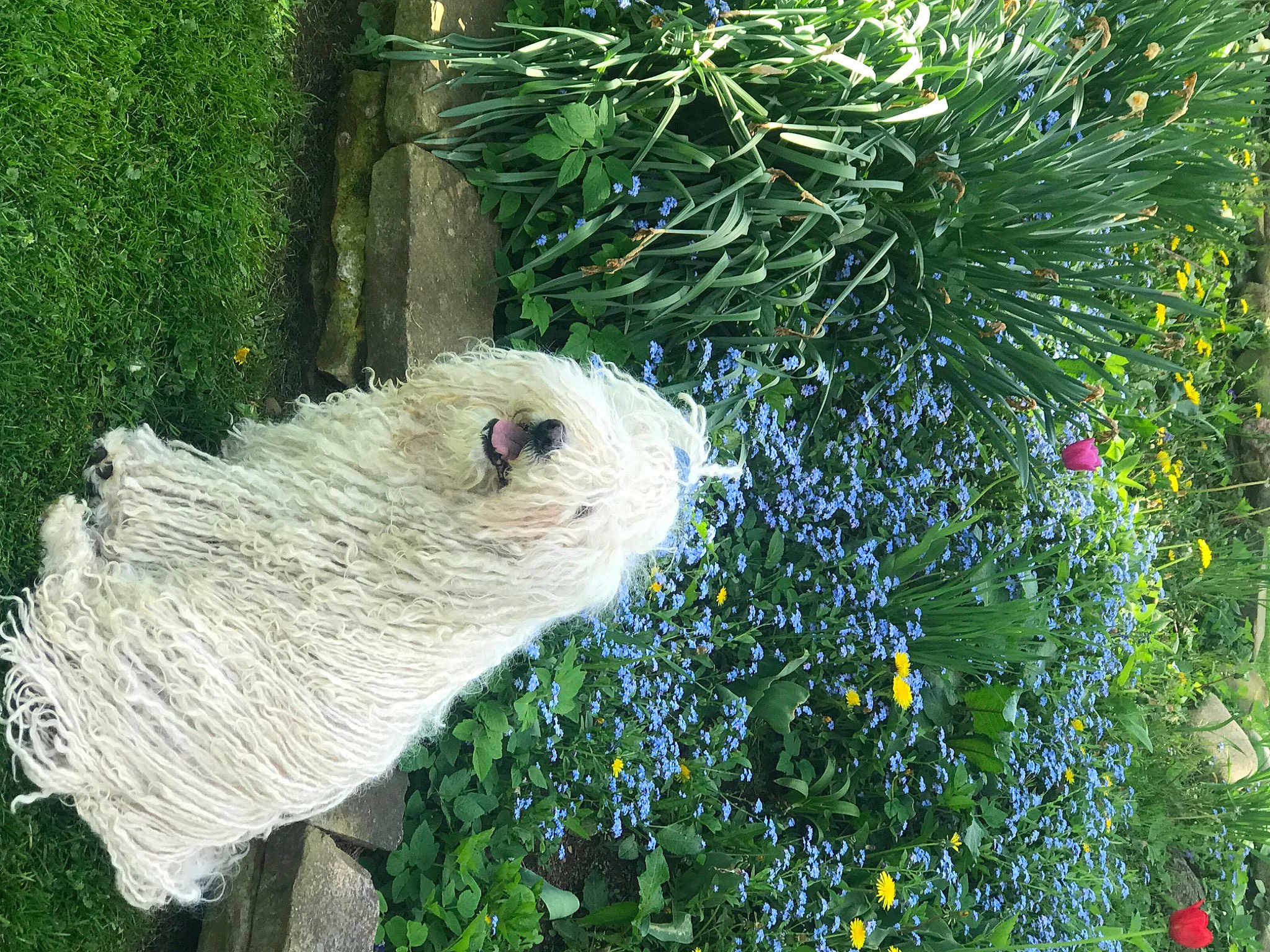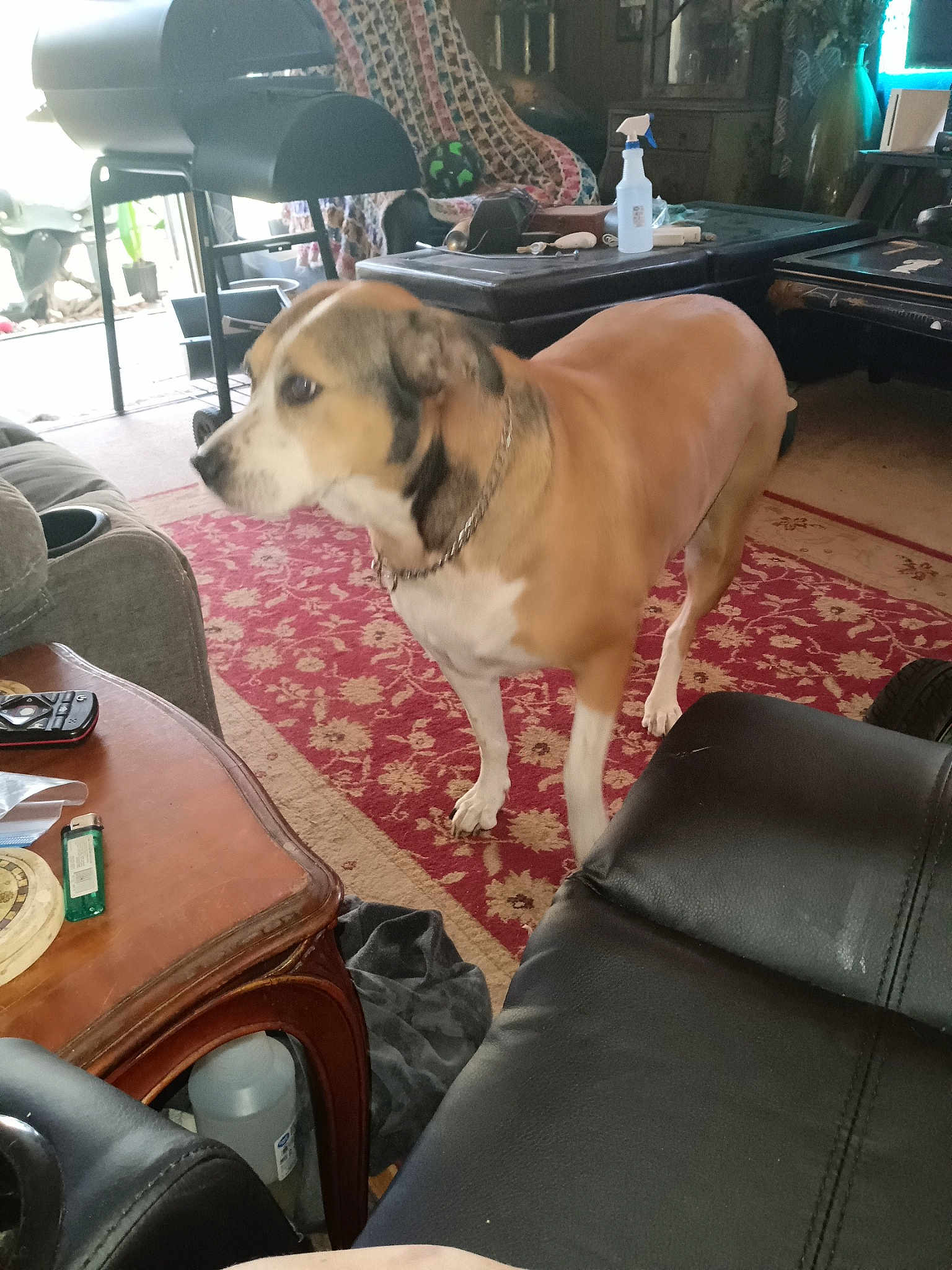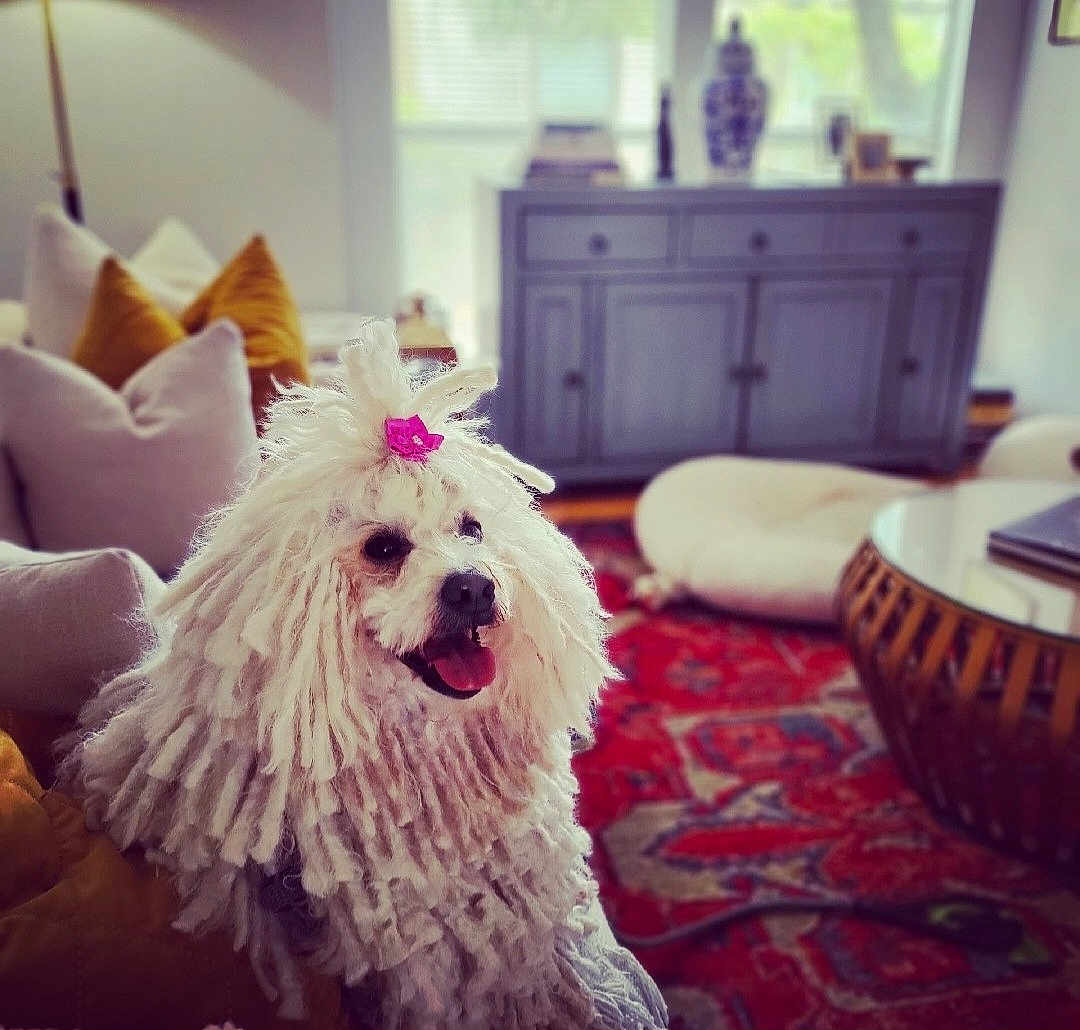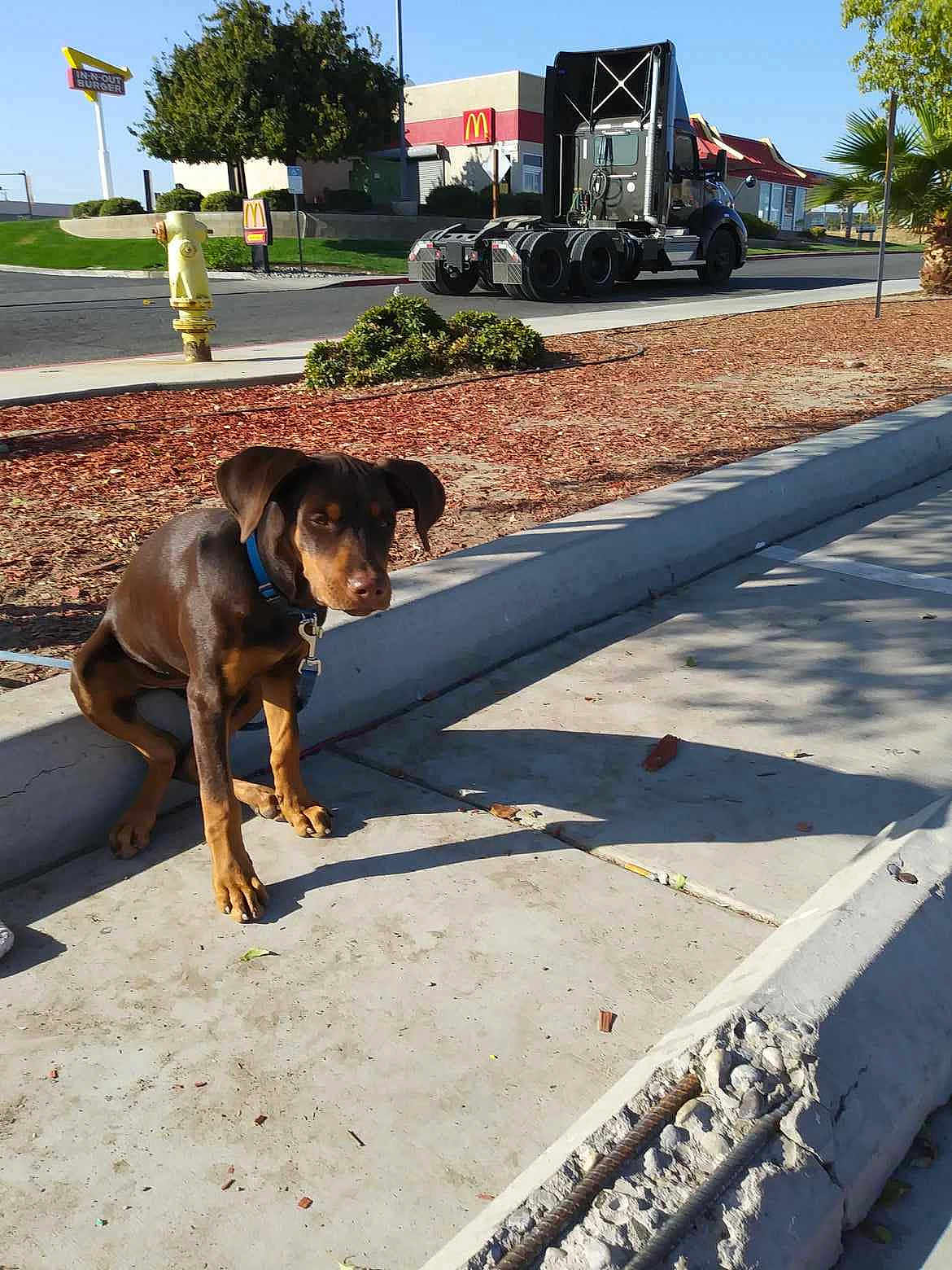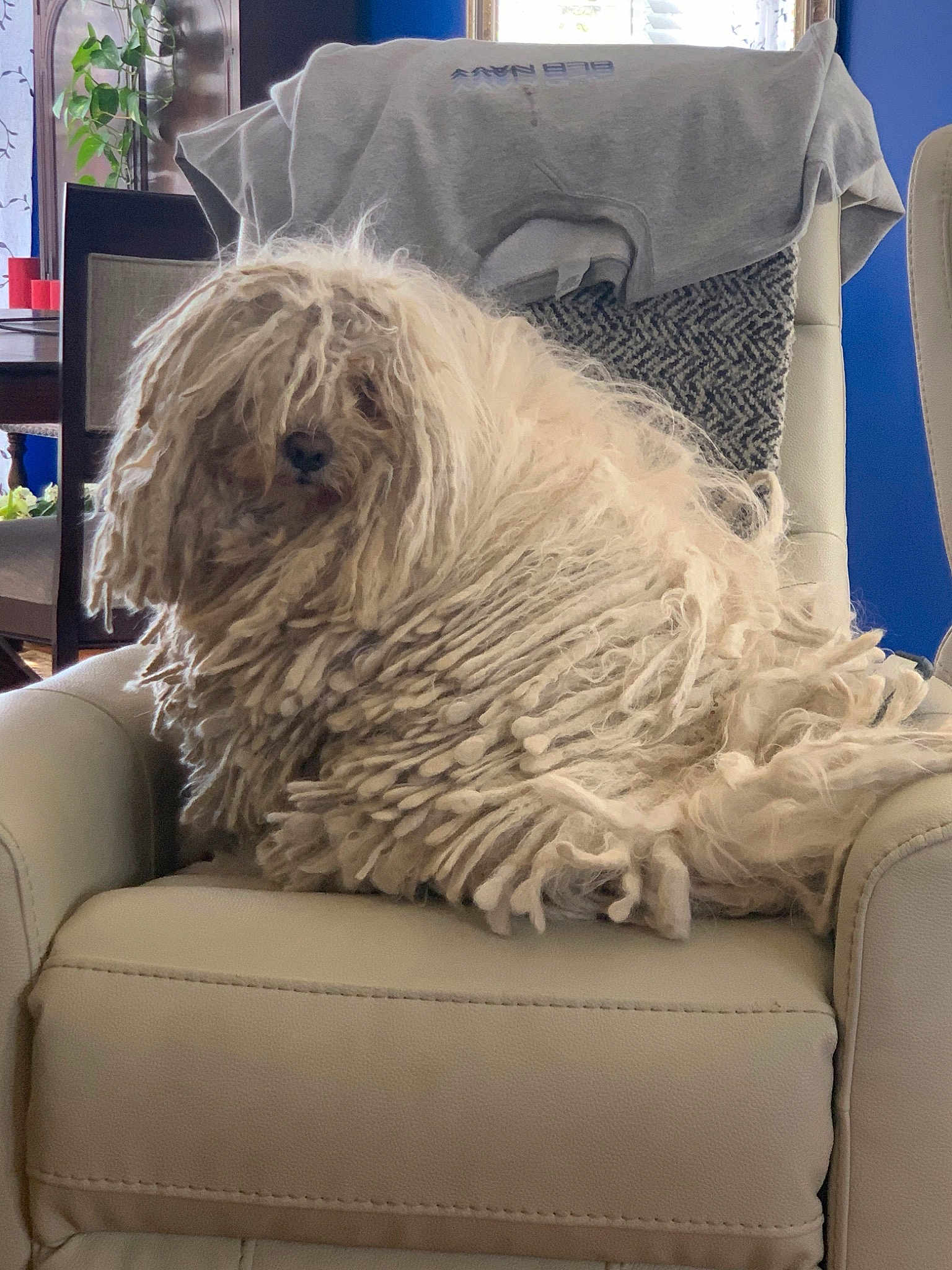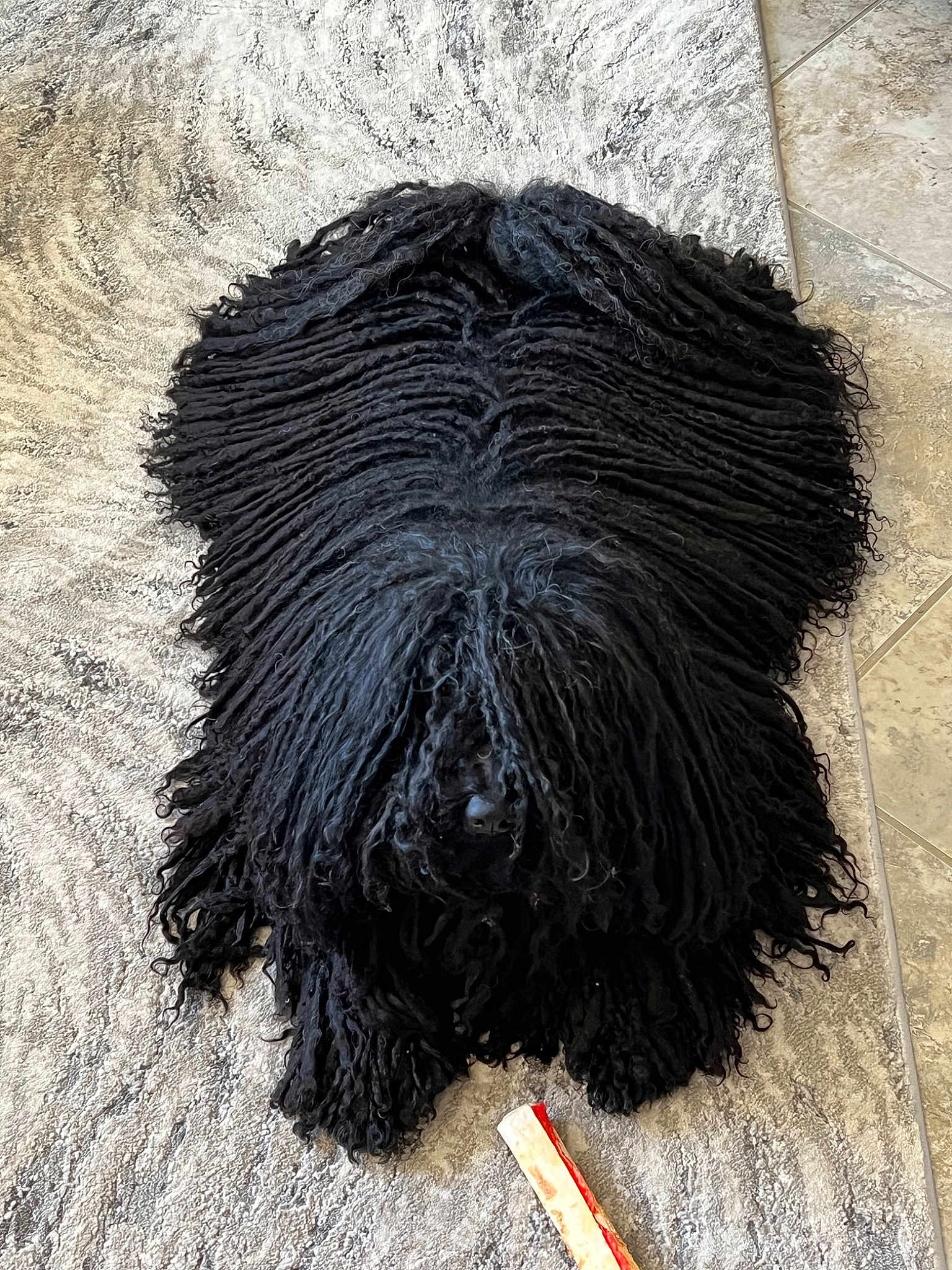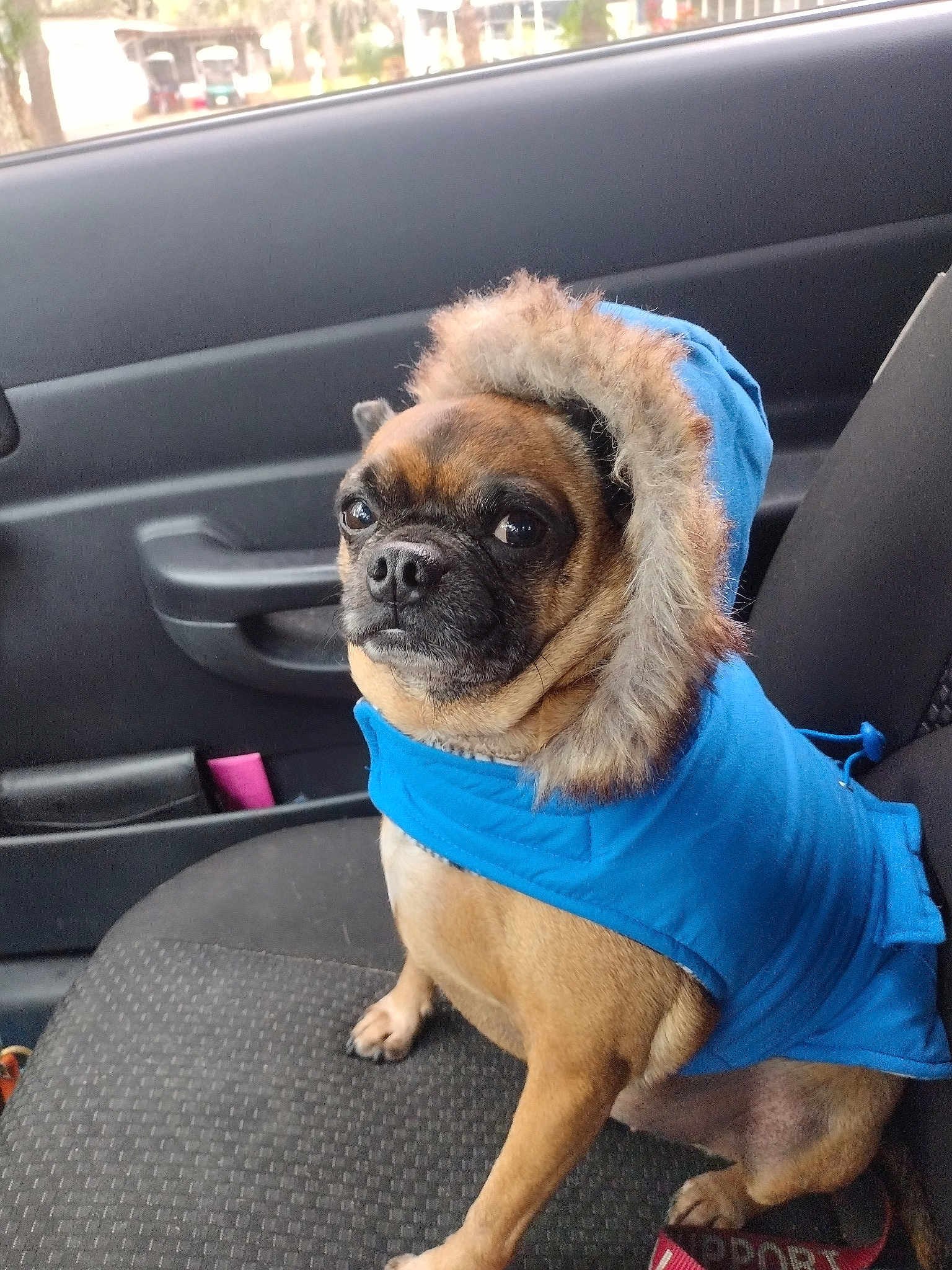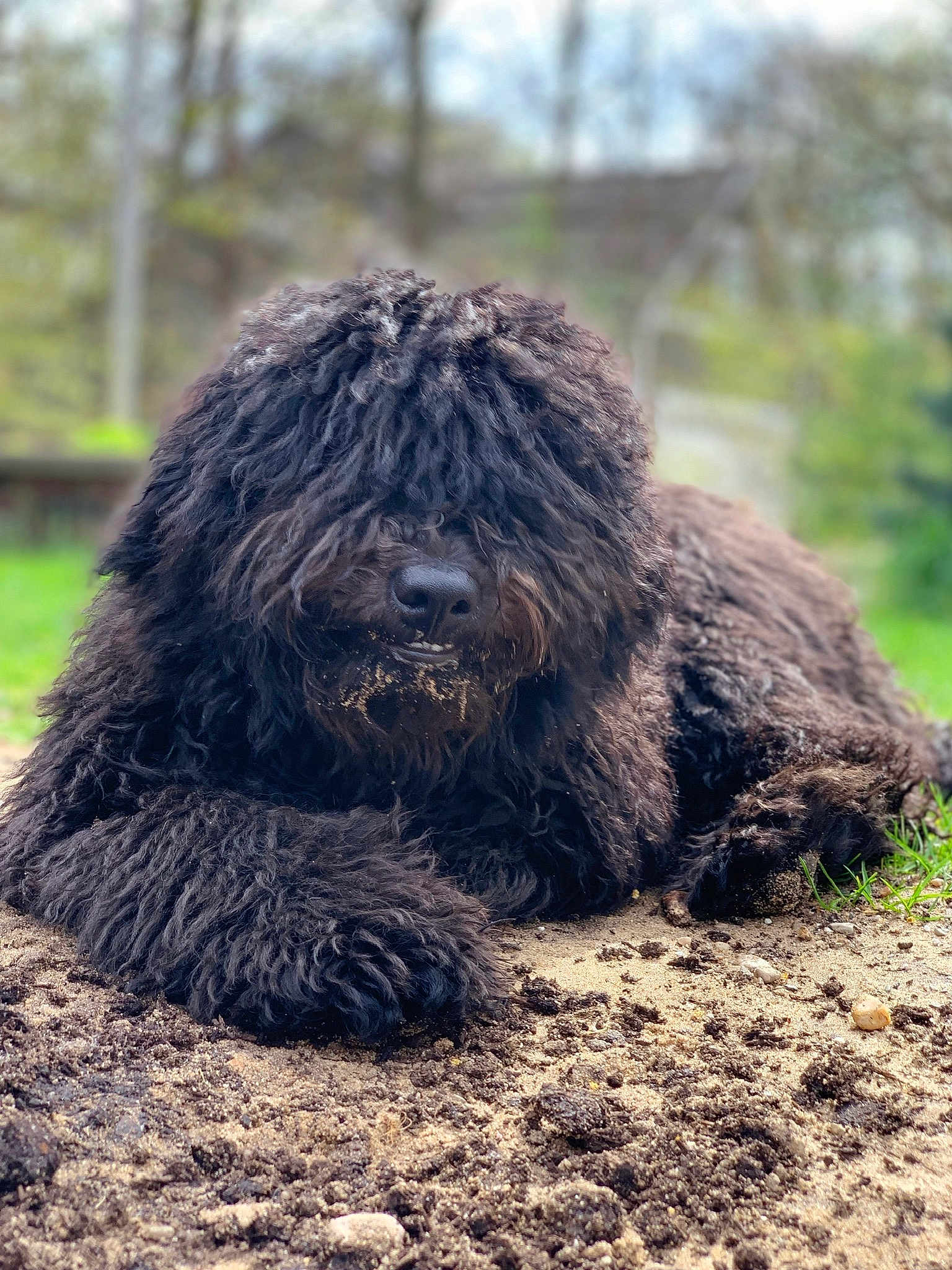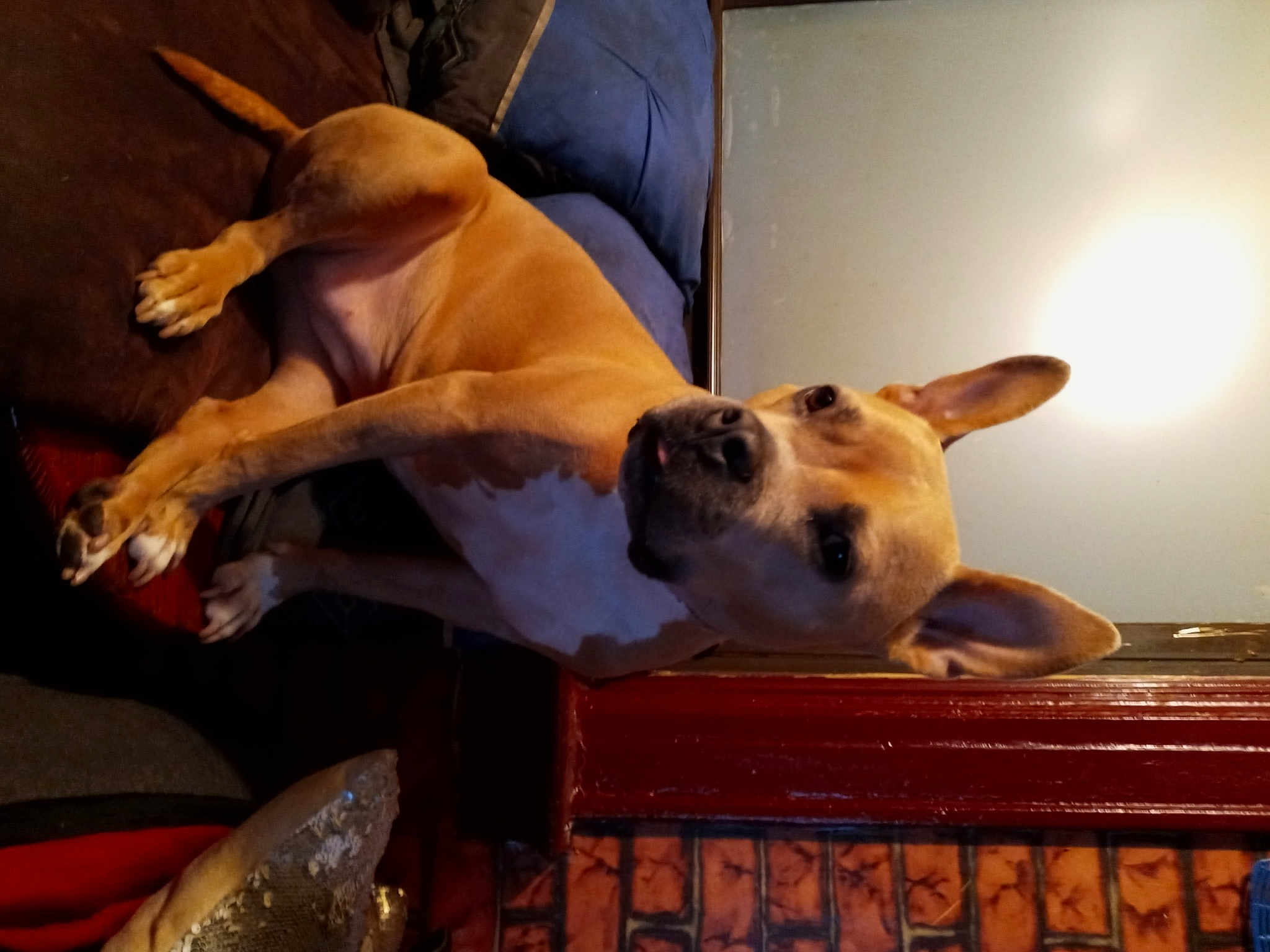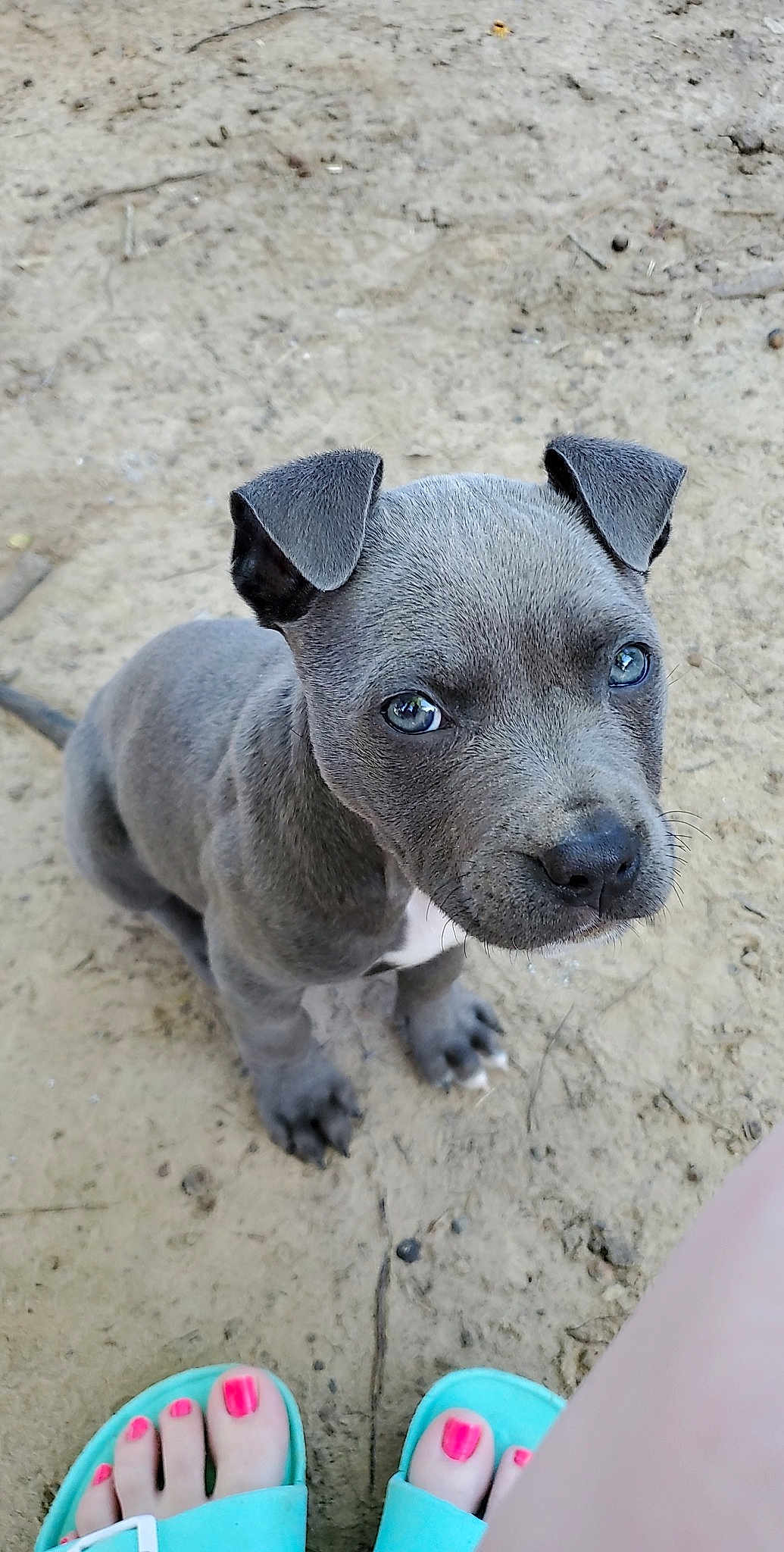
Did you know that the Puli, with its unique corded coat, can be directly traced back to ancient times when it was originally bred in Hungary for herding purposes? This distinctive breed is not only remarkable for its appearance but also for its historical significance.
Personality and Behavior of the Puli
The Puli is one of those breeds that you can hardly ignore, both because of its appearance and its vibrant personality. Known for their intelligence and agility, Pulis are often described as lively and energetic. They are natural herders and guardians, traits that stem from their historical role of managing large flocks of sheep in the pastures of Hungary.
Friendly yet protective, Pulis form strong bonds with their families. They are excellent with children and can be quite playful, making them a fantastic choice for active households. Their alertness means they are also formidable watchdogs, always ready to notify you of any unusual activity.
Due to their high energy levels, Pulis require regular exercise and mental stimulation. Without adequate outlets for their energy, they can become bored and might display undesirable behaviors. Hence, it's crucial to engage them in activities that challenge both their physical and mental faculties.
Additionally, Pulis have a reputation for being somewhat independent. While they are trainable, they often exhibit a strong-willed nature, which suggests that consistent, positive reinforcement methods work best for this breed.
A mesmerizing fact about the Puli is its incredible versatility. Not only are they proficient herders, but their agility and trainability have also seen them excel in modern canine sports, such as agility trials.
Meanings, History and Origins of the Name Puli
The name "Puli" has a somewhat straightforward etymology. The breed originated in Hungary, and its name simply derives from the Hungarian term for this particular type of shepherd dog. Over centuries, they have kept true to their role as herders, a job they excel in thanks to their intelligence and agility.
The history of the Puli dates back over 1,000 years, with some scholars believing the breed was brought to Hungary by the Magyar tribes. They were invaluable to the nomadic shepherds, who relied on them for managing flocks. The Puli was prized for its ability to think independently and make quick decisions, a trait that continues to be appreciated in the breed today.
Interestingly, the Puli's coat played a vital role in its herding duties. The thick cords provided excellent protection against harsh weather and potential predators. This corded coat remains one of its most distinctive features and serves both functional and aesthetic purposes.
As herding practices evolved and mechanical methods began to take precedence, the Puli's role shifted. They became more companion animals than essential farm dogs. Nonetheless, their history and cultural significance in Hungary remain deeply rooted in their herding origins.
Popularity of the Puli
The Puli’s popularity has seen varied trends over the years. In Hungary, its homeland, the breed remains quite beloved, with many breeders and owners still celebrating its rich heritage. The breed’s unique appearance and history have also earned it a place in the hearts of dog enthusiasts worldwide.
In English-speaking countries like the United States and the United Kingdom, the Puli is less common but is gradually gaining recognition. The breed's distinct look often turns heads at dog shows and competitions, contributing to its growing popularity.
The breed's global presence is more understated compared to more common breeds. However, those who own Pulis are usually passionate advocates of the breed, often emphasizing their intelligence and unique aesthetic appeal.
In recent years, social media platforms and international dog shows have also played a role in boosting the Puli's popularity. The visually striking corded coat offers fantastic photo opportunities, often leading to viral images that captivate potential dog owners worldwide.
Health and Care of the Puli
When it comes to the health and care of a Puli, there are several specifics to keep in mind. Like many purebred dogs, Pulis are prone to certain genetic health issues, so it is crucial to source them from reputable breeders who perform appropriate health screenings.
Common health concerns for the Puli include hip dysplasia, eye disorders such as cataracts, and certain skin conditions that can develop due to their dense, corded coat. Regular veterinary check-ups and preventive care are essential to maintaining their overall well-being.
Diet is another important aspect of Puli care. These active dogs thrive on high-quality, balanced diets that provide them with the necessary nutrients to support their energy levels and healthy growth. Always consult your veterinarian for diet recommendations based on your Puli's age, weight, and activity level.
The Puli's coat requires particular attention. While it may seem daunting to care for their trademark cords, it is manageable with consistent effort. Regular grooming prevents matting and helps in maintaining the coat’s integrity. The cords must be separated by hand to keep them from forming large mats and attracting dirt. Bathing should be less frequent, but when done, it must be followed by thorough drying to prevent mold and mildew growth in the dense coat.
Training and Education of the Puli
Training a Puli can be both a rewarding and challenging endeavor. Due to their intelligence and strong herding instincts, they are quick learners but can also be quite independent and headstrong. This dual nature requires a balanced approach to training.
Positive reinforcement methods work best with Pulis. They respond well to treats, praise, and consistency. Training sessions should be engaging and varied to hold their interest. Incorporating games and activities that challenge both their minds and bodies can make training enjoyable for both the dog and the trainer.
Socialization is critical for Pulis from an early age. Exposing them to different environments, people, and other animals helps in developing well-rounded adults. This breed can sometimes be wary of strangers, so early and consistent socialization helps mitigate any potential behavioral issues.
Due to their historical role as working dogs, Pulis thrive when they have a job to do. Enrolling them in dog sports like agility, obedience trials, or even herding can provide them with the mental and physical stimulation they need. It also reinforces their training and helps in channeling their energy into positive outlets.
Choosing the right dog breed is a significant decision that can greatly impact your lifestyle and well-being. When considering a Puli, reflect on your own activity levels, time for grooming, and willingness to engage in consistent training. This breed is certainly rewarding, but it does come with its unique set of requirements.
The lasting significance of breeds like the Puli lies in their rich histories, diverse capabilities, and the joy they bring to our lives. Here at Pageant Dog, we are proud to see so many Pulis participating in our contests and showcasing their remarkable traits. Choosing a Puli not only means welcoming a vibrant, intelligent dog into your home but also becoming a part of a storied heritage that spans centuries.

